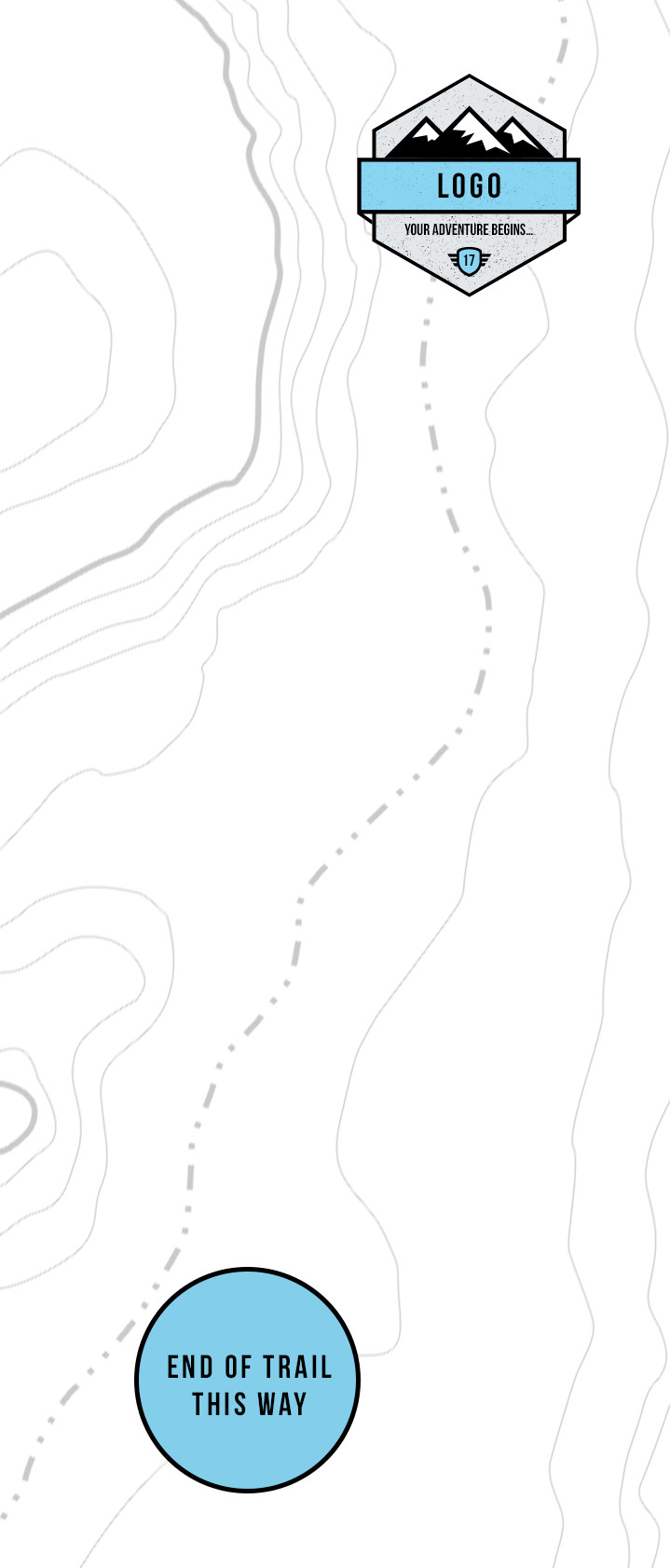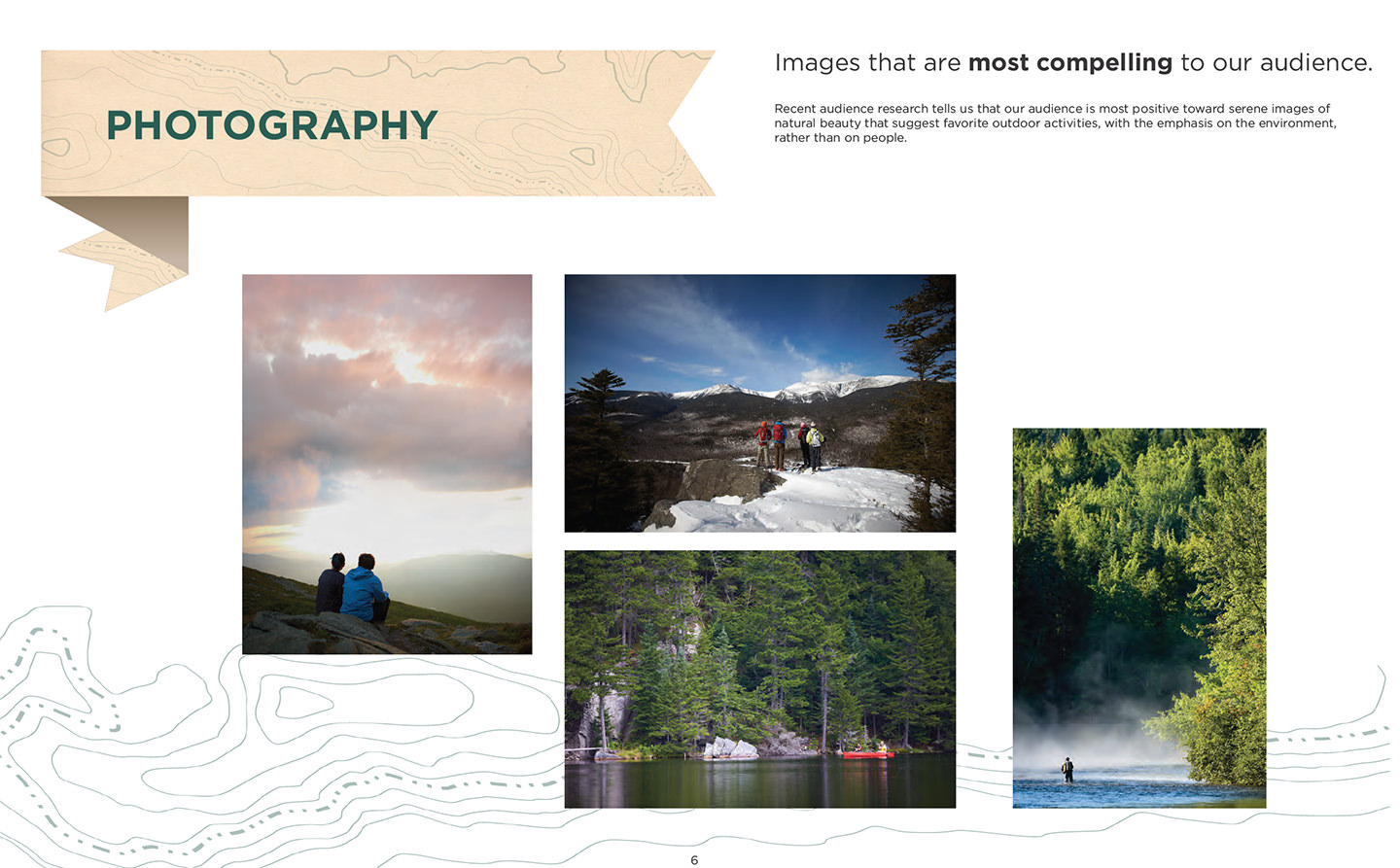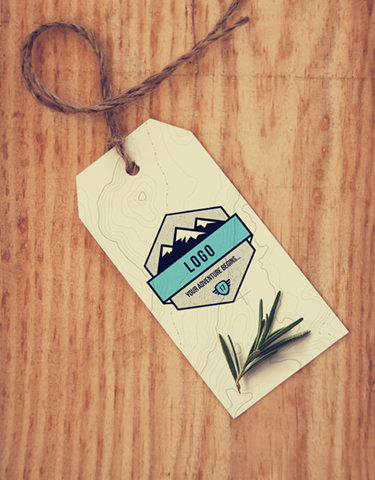Okay you’re branding your business. Your budget is laid out and every penny counts. Agencies can be expensive but you can’t afford to sit on this big idea of yours. How do you get the most out of your investment? You need a solid process and a talented brand designer. This article will help you understand what to expect when working with a brand designer.
A logo is not a brand.
From the get go, let’s establish that a logo, fonts, colors and a catch phrase don’t make a brand. By definition, a brand congeals at the intersection of 1) everything you do as a business, 2) with how you project your vision and mission, 3)while making an emotional connection in the hearts and minds of people in the market.
Let’s look at Progressive Insurance as an example. You know Flo, right? She’s the TV personality hocking Progressive Insurance’s common-sense pricing. She’s witty and with a level sense of energy. I admit, she’s good for a laugh. What’s your impression of her? If you saw her on the street would you be inclined to say hello? Many would say yes. If fact it’s in this designer’s opinion, the agency that created the character, Arnold Worldwide, did a standout job making her likable and Progressive Insurance a sticky name to recall.
To go back to the model of branding. With Progressive you have a 1) practical insurance provider, 2) entertaining us with a happy, go lucky personality, 3) persuading us to try their features and competitive insurance packages. They repeat this cycle as much as necessary until they’ve created familiarity, likability, and persuasion. This is branding at play.

Your company might not need over the top scriptwriting and a persona like Flo but you start to understand how branding and advertising work.
Great branding requires exploration. Start with these key questions:
- What’s the business strategy?
- What’s the mission statement?
- What are your values?
- What are the function and emotional benefits of your products and services?
- Specifically who is buying from you?
- What’s the competition doing?
What sort of competitive advantages do you have? How can you use those to your advantage? Having the answers to these questions is the first step in forming a vision and brand message.
It takes a team.
The key takeaway here is to work out the questions above with a team, business coach, or mentor. Get it out of your head and get it in writing. Depending on your abilities, budget, and writing skills, you might consider hiring a designer, marketing partner or brand expert with an ear for wording. This sounds simple, but words solidify ideas. It fosters a tone and creates a unified vision.
Teams should be verbal too. When others talk about a shared idea, the idea crystallizes in the minds of the listeners. Something bigger comes from this collective exchange.
Capture your notes and build on it with sketches. Tear out ads from magazines that exemplify quality in advertising and branding. Target quality in ideas and presentation. Be visual.
Let the tiger tiger.
With clarity in your vision and a deep understanding for the emotional connection you have with your intended audience, you now have a series of touch points. It’s time to let your designer design.
Give them time to let the impression simmer in sketches. It might take a week. It sometimes happen quicker. What’s important here is that we get to the concept first. Then we can build on the concept to create the right ethos. Right away, you want people to have a good understanding of your company’s offerings. Designers have the visual vocabulary to make it happen, so trust them to get you there.
A logo is just the start.
Once you choose a design to brand your company, next get this mark on paper. What does it look like in print? In an ad? On a business card, letterhead, or thank you note? What does it look like online? On Facebook, Twitter, and your website? Put the logo into play so you see how it translates across all media. Your designer ought to be able to quickly mock these up before you pay the bill.
Once you approve the logo, make it real. Start the production process of imprinting your collateral with the new logo. Put the logo on your invoices, stationery, and email footer. It’s pretty amazing to see the affect of a new mark on all your communications.
But… you’re not ready to launch just yet. A logo is only the name and face of your brand. How are you going to market or advertise with the new logo?
Working on other parts.
Imagery plays an important part in creating an emotional connection with your intended audience. What does your imagery look like? Will you be using stock photography? I am holding my breath hoping you’ll say no. Don’t get me wrong you can use stock for certain things but paying a photography is an investment in authenticity. Don’t skimp here. People want to see people they recognize, living life as they do.
A good brand designer will art direct shots and create a list for the photographer. Depending on the shot list, a half-day shoot will get you started. Price ranges vary depending on the shoot but for Ultra-Tech Printing we paid $1500 for two half day shoots and we got a TON of images to choose from.
Voice = Tone
This is big. Images will capture people’s attention, but the voice will build the bond. Think of the people you know. Some have a comforting voice. Some are of a, let’s say, revved up sort. Some have a deep voice. Some are high pitched. What will your company sound like? Find the right tone is important in making a connection. What is your brand’s voice?
A good brand designer will help you determine the style and a good copy writer will bring the voice to life. Brand designers should know a few copywriters who have a range of voices. Some are more technical in abilities. Others write in a more everyday voice. Some are good with headlines and concepts. Others write for broader company communications, white papers and blog posts. A brand designer will help you find and secure the right person for the project.
Are we ready to go yet? Close.
Pull it all together.
Along the way you should line up your brand collateral, (i.e., logo, fonts, colors, images, voice, and mockup ads) up against the wall. Compare it with your competitors. Are you seeing a difference? Leave all this work on a wall and live with it for a week. Does it feel right? Can you see your brand coming together in the minds of your targeted audience? Are you standing out? Would others recognize your brand in the mix? To each question, the answer should be a resounding YES.
If not, now is the time to fix it.
It’s time to launch.
Start by printing your business cards and placing your logos on your business documents. Get the new logo on your website. Create an email to announce your new brand. Finally let it fly and be proud of your work.
Document everything with a style guide.

It’s highly recommended that you document the usage rules for your brand. Ask your Brand Designer to provide a formal deliverable with the following content:
- Summation of your mission statement and values
- Examples of your logo and how to use it across all media
- Rules to observe in layout
- Font usage rules
- Image suggestions
- Colors
- and more.
The big idea here is you’ve done a lot of work to make the logo and branding elements look great. You want vendors and future employees to honor the gold standard and the commitment of time and money. You want your branding elements to be consistent from day one.
In conclusion…
This article is meant to be an overview of the process to design an identity system with a brand expert. Whether you hire me or not, you’ll still want to have a general expectation of the time, effort, and commitment. In the end you want a brand people will engage with and share with their friends.


